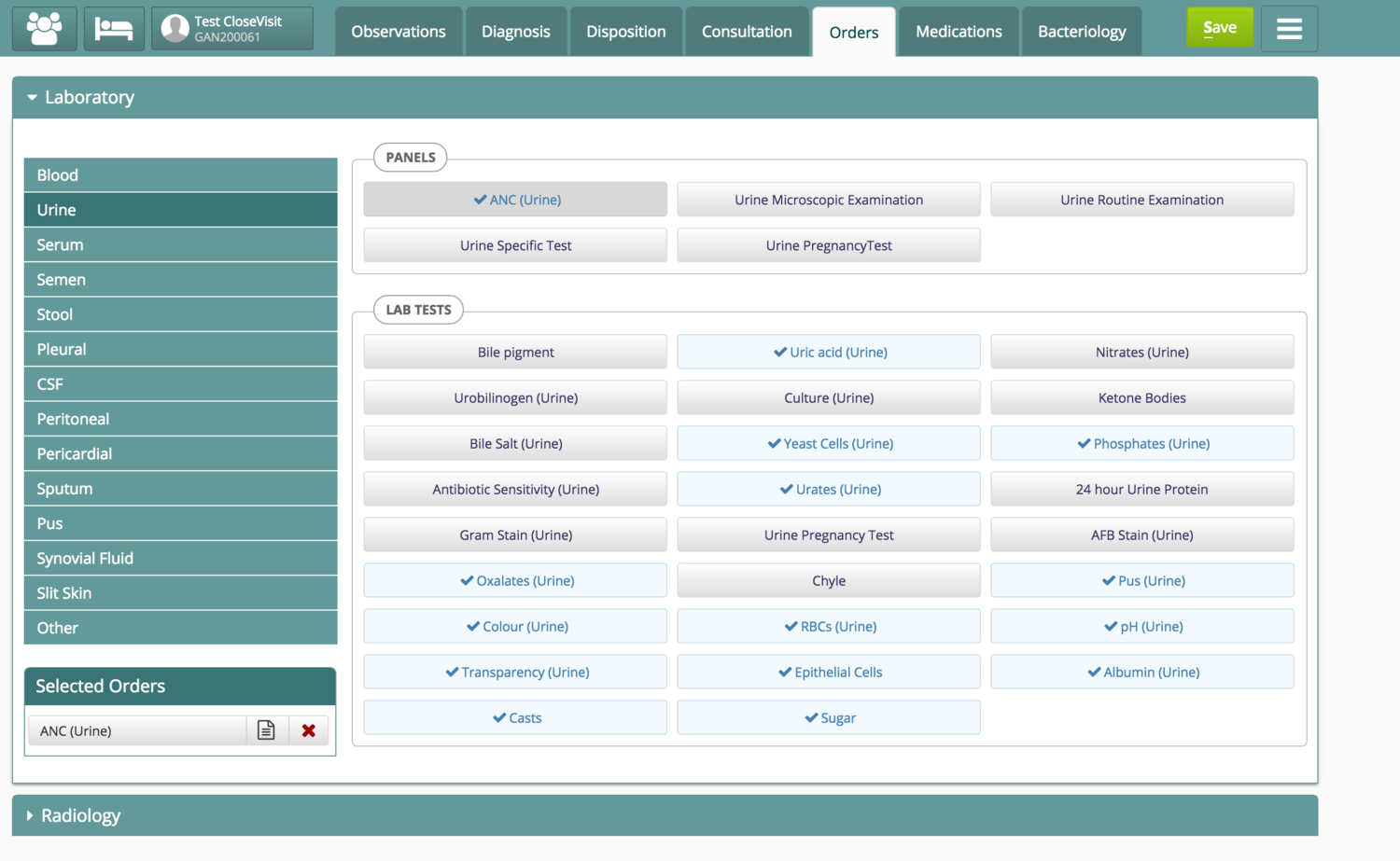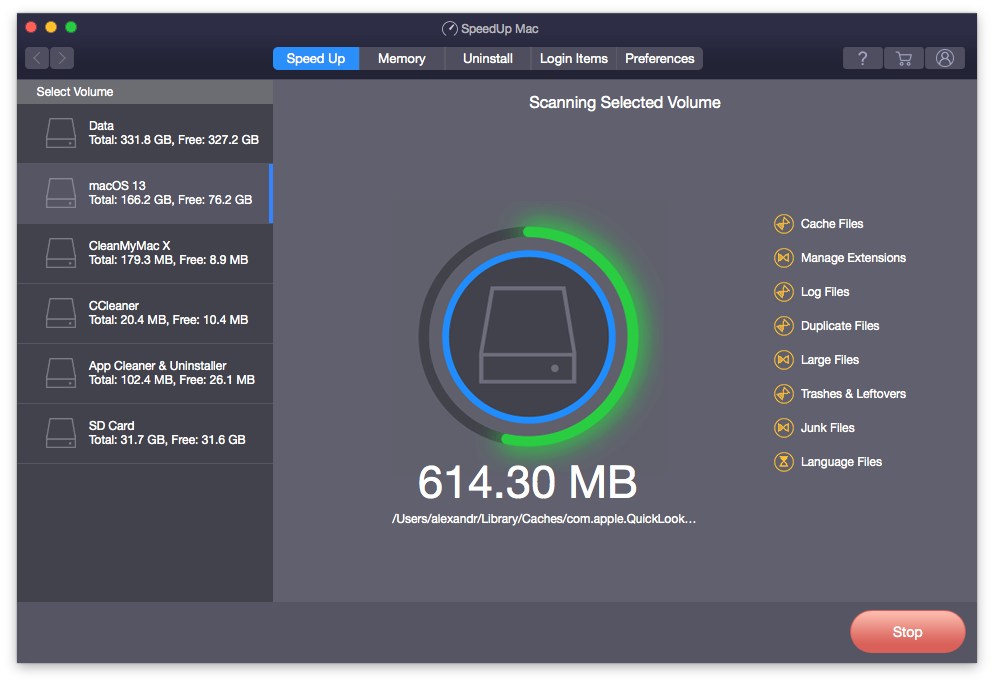
However, the third window displayed by macOS is incorrect:
OPEN SOURCE MAC OSX CLEANER WINDOWS
You must click the "OK" button in each of the windows to continue the uninstall: When uninstalling Tunnelblick on some versions of macOS, the system will show warning windows. Follow the procedure described in this discussion in the Tunnelblick Discussion Group. If Tunnelblick does not have an open window, you will have to force Tunnelblick to quit. Use macOS Exposé to find it or minimize or close the windows of all other applications (and in all Spaces) to expose the window. * If you get a "spinning beachball" when you click the Tunnelblick icon, that usually means that Tunnelblick has a window open and is waiting for your response. Restarting your computer may not be necessary, but restart if it isn't too inconvenient. You do not have to "install" such a restored copy, and it will be deleted at the end of the uninstall process.) If you had put the program in the Trash, restore it or put a new copy somewhere convenient. (The program is located wherever you installed it by default that is /Applications.


To uninstall a recent version of Tunnelblick (3.3beta22 and higher), or an earlier Tunnelblick application located in /Applications, or any version of Tunnelblick which has been dragged to the Trash (whether or not the Trash has been emptied): (The uninstall program may be used to uninstall any version of Tunnelblick or any rebranded version of Tunnelblick.)
OPEN SOURCE MAC OSX CLEANER UPDATE
* If you have an earlier version of Tunnelblick, you can first update to Tunnelblick 3.8.5beta02 or later and then click the "Uninstall" button as described above, or follow the instructions on the rest of this page.įirst, download an uninstaller disk image from the Downloads page and double-click it. * If you have Tunnelblick 3.8.5beta02 or later, uninstall by clicking "Uninstall" button on the "Utilities" panel of Tunnelblick's "VPN Details" window and ignore the rest of this page. If you dragged an old copy of Tunnelblick to the Trash and are now unable to empty the Trash, see Cannot Empty the Trash. The copy can be (but does not need to be) installed it can simply be placed on the Desktop or in some other convenient location. The uninstaller cannot be used to uninstall a rebranded version of Tunnelblick unless you have a copy of the rebranded version. See Backing Up and Restoring Configurations and Settings, below. If you intend to re-install Tunnelblick, be sure you have a backup of your Tunnelblick configurations and settings - the uninstall process will delete them. If you are alarmed by warnings when uninstalling Tunnelblick, please see Warnings When Uninstalling. You should uninstall only if you no longer want to use Tunnelblick. (Simply restarting your computer might help.)ĭon't uninstall Tunnelblick before updating or reinstalling. Uninstalling and reinstalling Tunnelblick almost never fixes a problem. Problem: "Tunnelblick cannot be uninstalled while it is running"īacking Up and Restoring Configurations and Settingsĭon't uninstall Tunnelblick to try to fix a problem. To Use the Separate Tunnelblick Uninstaller Program

The applications are available, but they will be not updated anymore.To Use the Uninstaller Included in Tunnelblick The development of the old versions is discontinued. Download (5.2 MB) Release Notes OnyX for macOS Monterey 12 will be available about 15 days after the official release of macOS Monterey. Requirements: Intel-based Mac or Mac with Apple silicon using macOS Big Sur 11.3 or later. Use the correct version, and don't try to use a version intended for an earlier operating system. There is a specific version of OnyX for each major version of the operating system. OnyX is a reliable application which provides a clean interface to many tasks that would otherwise require complex commands to be typed using a command-line interface. OnyX is a multifunction utility that you can use to verify the structure of the system files, to run miscellaneous maintenance and cleaning tasks, to configure parameters in the Finder, Dock, Safari, and some Apple applications, to delete caches, to remove certain problematic folders and files, to rebuild various databases and indexes, and more.


 0 kommentar(er)
0 kommentar(er)
